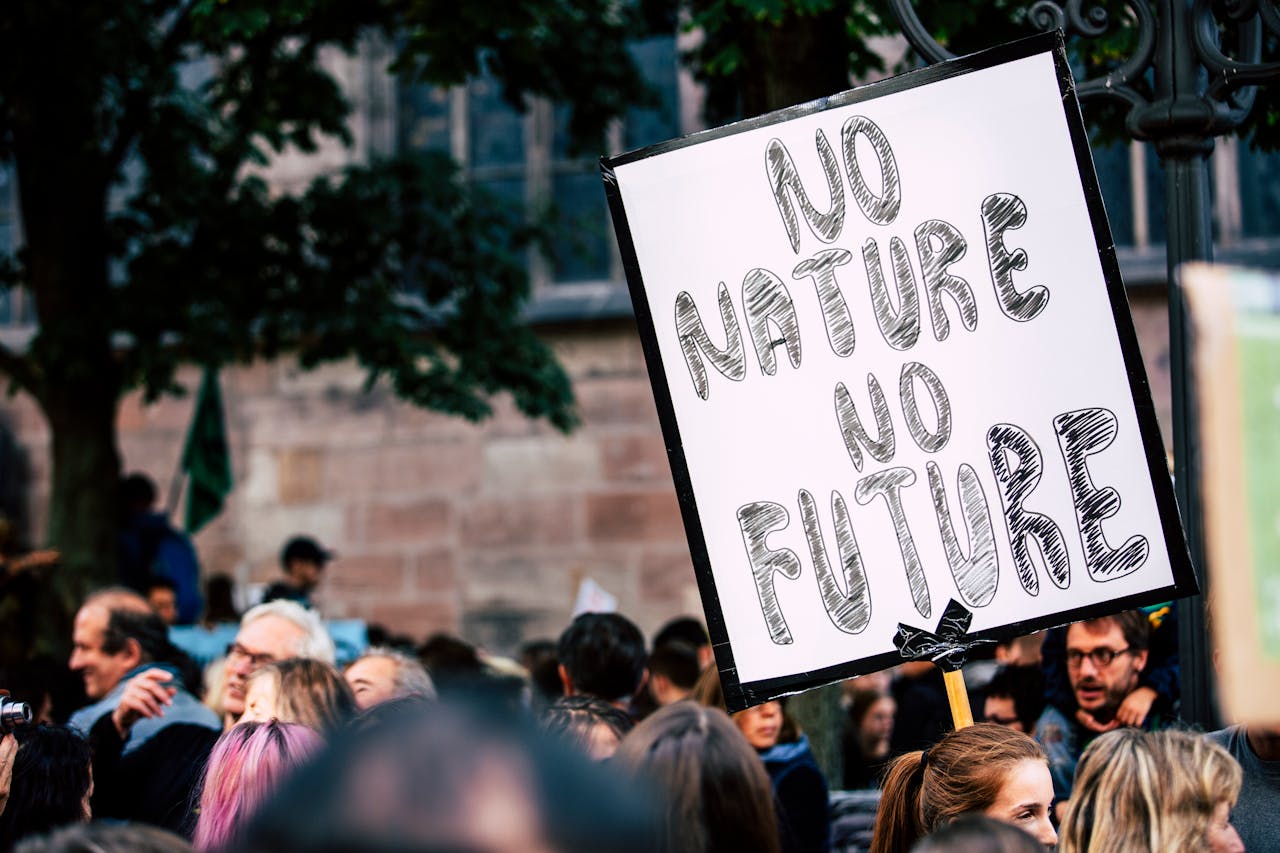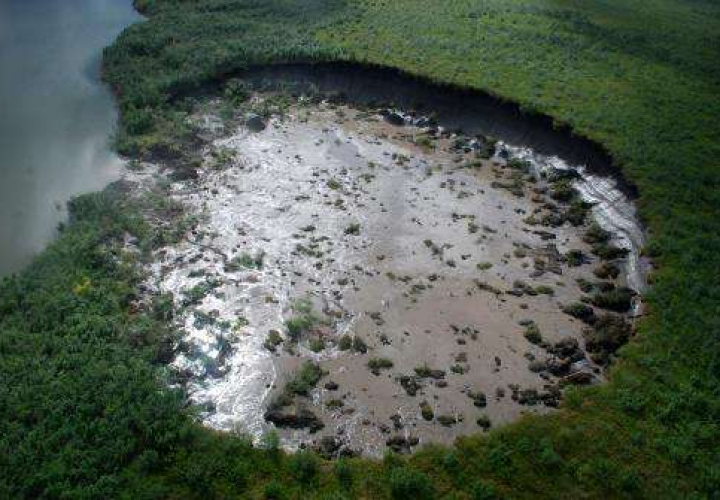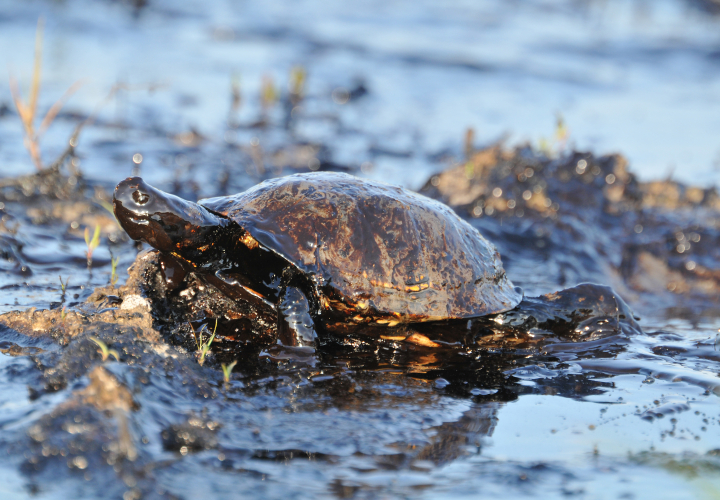
Effects of Climate Change on Marginalized Communities
Living in a time when climate change has shifted from being an abstract danger to our present-day nemesis, it's clear that its effects ripple out, touching more than just the environment. They're intricately linked with every aspect of society.
In this blog post, we take a deep dive into the maze of inequalities associated with climate change. We'll look at how rising temperatures exacerbate social and economic hardships—especially for those on society’s fringes. We’re going to sift through examples from various countries and dissect what scientific studies say about all this stuff, while casting light on striking disparities shown by hard data. You’ll see first-hand how these imbalances highlight the need for action that includes everyone when tackling Earth’s most daunting issue.
Exploring Climate Disparities in Socio-economically Impacted Regions
Can you picture yourself waking up to a world where the air and water aren't choices, but consequences of where you were born? For many living in areas hit the hardest by economic challenges, climate change isn’t some far-off worry or a term tossed around on TV. It's real life—every single day—a relentless fight against an unyielding opponent. These places don’t play favourites; however, everyone feels the heat differently. And those clinging to the bottom rungs of society feel it most intensely.
Take sub-Saharan Africa as our example—the brutality of droughts and floods hits no one harder than its rural communities that are strapped for cash. It’s not just about running low on resources here; it’s literally about making it through another day alive. Crops failing due to unpredictable weather aren't mere numbers—they're meals snatched from kids’ mouths.
The struggle is more than financial struggles—it cuts right down to existence itself. But hey, let's not forget city folks, either! Urban sprawls in developing nations face their own nightmares, with often shoddy infrastructure buckling under extreme temperatures. To these urban populations who live crammed into hot concrete mazes without enough fresh air or ways to cool down?
Ever wondered what happens when the ocean creeps up, inch by inch? If you're rolling in dough, maybe it's just about tweaking those property plans or shelling out a bit more for insurance. But picture living on low-lying shores where places like Bangladesh sit; here, that same creeping tide is ready to gobble up whole communities. Imagine not only losing your home, but also feeling a stark sense of despair. It's kind of simple to brush off climate change as someone else’s problem if its effects don't hit us square in the face.
Yet, we've got to wake up and see how uneven this entire mess really is—it ain’t just some minor setback! These hardships are stacking day after day—like reminders that the weight of our warming world isn’t doled out fairly at all. As time marches on, so does the gap between those who can take action against these changes and folks who watch their futures wash away with the high tide—and let me tell you: That call-to-action bell? It’s ringing louder every single moment.
Effects of Climate Change on Marginalized Communities with Real-life Examples
Let's get real and talk about folks often ignored by the big news headlines. In corners of our world, climate change isn't just a buzzword—it hits home hard, making tough lives even tougher. Think about Louisiana's Cancer Alley, where African American neighbourhoods are wedged right between oil refineries spewing toxins and an ever-changing Mother Nature. Pollution there is already messing with people’s health; then wham! A hurricane rolls through, and these communities bear the brunt like nobody else.
Ever been to the Philippines? Over there, fisherfolk in quaint coastal towns face their own battles that make you think twice about how nature can turn nasty. Those typhoons aren’t playing games—they’re getting fiercer every year. And houses built out of pure need—well, they don't stand a chance against nature's rage. Poor families lose roofs over their heads, plus all means to put food on the table.
Oh, but it doesn’t stop there—not at all—you’ve got indigenous groups too whose souls are woven into this land we share—a tapestry rich with tradition yet so fragile under climate stressors' weighty hand—to them warming trends aren't mere statistics or future predictions; they're present-day thieves stealing livelihoods intertwined with centuries-old customs like reindeer herding for Scandinavia’s Sami folk who now stare down a road that could lead not only away from financial security but also strip bare their cultural essence itself.
Scroll down a bit more on that map, and you'll stumble upon the farmers in Central America's Dry Corridor. Imagine how they feel, eyeing those skies as if their lives depend on it – because actually, they do. Those once-reliable rainfalls? Not so reliable these days.
Conclusion
Picture this: hunger isn't just an empty stomach; it's also about having to make gut-wrenching choices. Do you stick around with everything turning upside-down, or pack up your life and join the surging tide of climate migrants?
Each tale we hear is like a single strand woven into the vast fabric depicting climate change’s toll on humanity. It paints quite a startling picture—those who've done little to fill our air with carbon are saddled with its gravest costs. Doesn’t it strike you as wildly unfair that folks doing the least harm get hit hardest?





